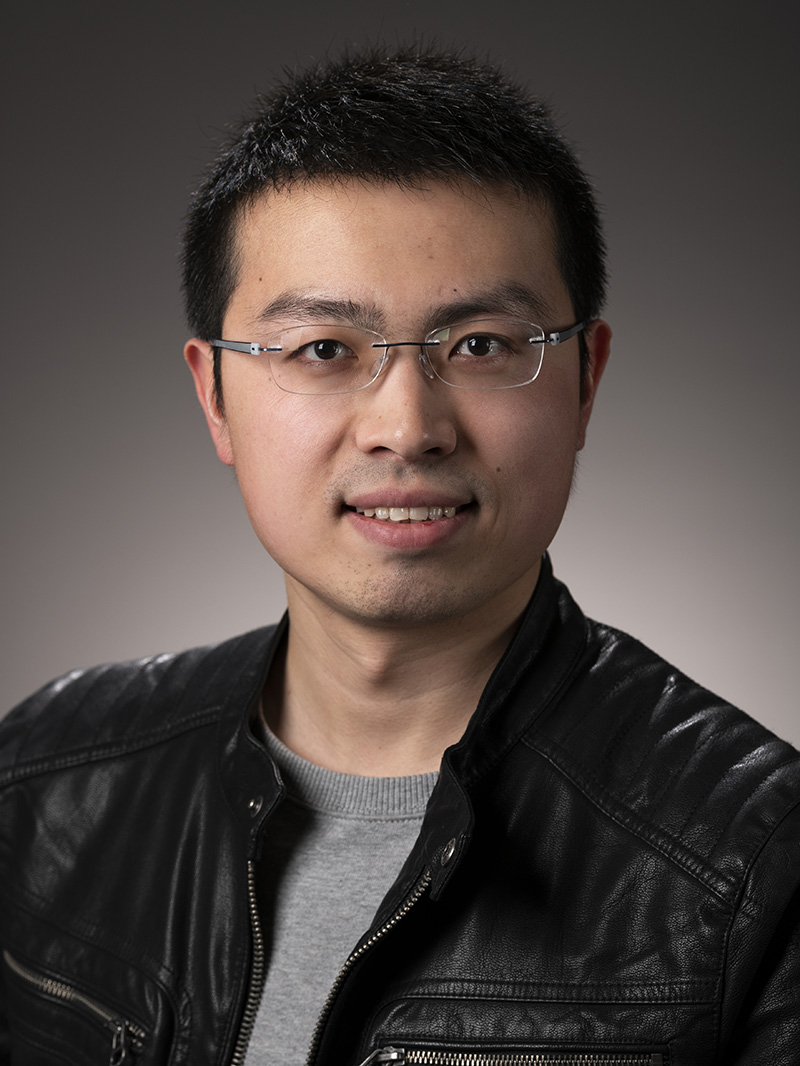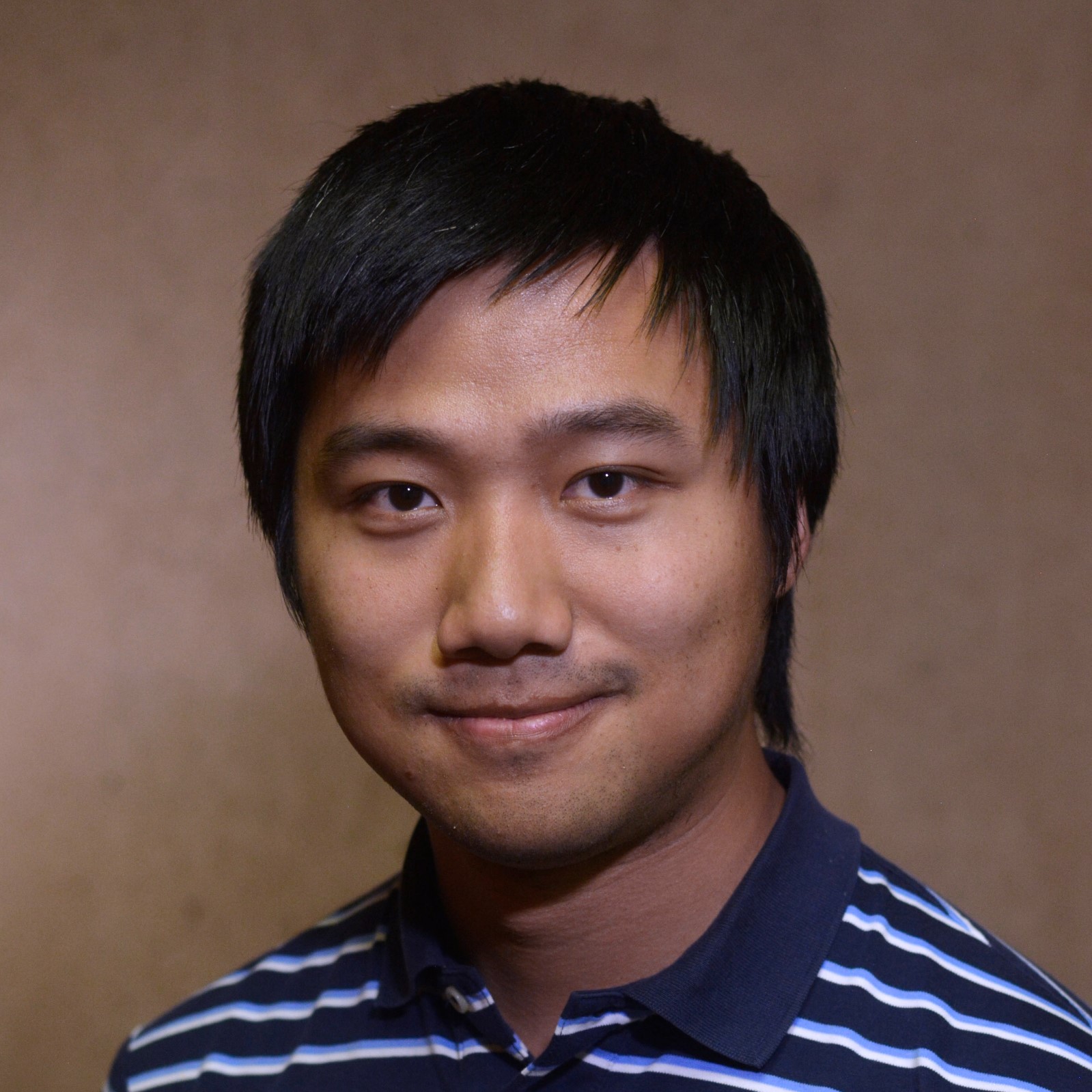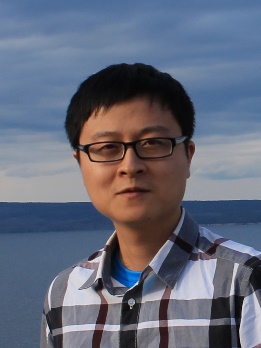CSIG图像图形技术国际在线研讨会第四期将于4月29日举办
绘制(Rendering)是计算机图形学的主要研究方向之一,它的目标是在虚拟世界中逼真呈现物理世界,是影视动漫、交互游戏、元宇宙等应用领域的基础性、支撑性技术。
围绕这一主题,拉斯维加斯手机娱乐网站 (CSIG)将连续举办两期CSIG图像图形技术国际在线研讨会(第四期和第五期)。两次研讨会将邀请来自美国和中国4位国际知名学者来介绍绘制领域的最新研究成果,并围绕该领域当下挑战及未来趋势开展讨论。第四期研讨会的主题是真实感绘制(Photorealistic Rendering),将于2022年4月29日(周五)09:30-11:10举办,会议嘉宾包括美国UC Santa Barbara大学的闫令琪教授和美国UC Irvine大学的赵爽教授。
期待学术与工业界同行的积极参与!
主办单位:拉斯维加斯手机娱乐网站 (CSIG)
承办单位:CSIG国际合作与交流工作委员会、智能图形专委会
会议时间:2022年4月29日(周五)9:30-11:10
会议直播:https://meeting.tencent.com/l/17gxAd69C5Dy
或长按以下二维码进入

会议日程

讲者简介

Ling-Qi Yan
UC Santa Barbara
https://sites.cs.ucsb.edu/~lingqi/
Dr. Lingqi Yan is an Assistant Professor at UC Santa Barbara. He obtained his Ph.D. degree at UC Berkeley in 2018 and his Bachelor's degree at Tsinghua University in 2013. His research is rendering in Computer Graphics, mainly aimed at creating photo-realistic visual appearance at real-world complexity, and building theoretical foundations mathematically, physically and statistically to reveal the principles of the visual world. Dr. Yan has opened up a new research area of detailed appearance modeling to the rendering community, and was the only recipient of the 2019 SIGGRAPH Outstanding Doctoral Dissertation Award. Dr. Yan's work has also stimulated the invention of real-time ray tracing, and has been adopted by video games, 3D modeling software and the Oskar-nominated movies "War for the planet of the apes" and "the lion king (HD)".
Talk title: Towards Photorealistic Rendering: A Personal Perspective
Abstract: With the rapid advancement of rendering in computer graphics, people nowadays expect "stunning graphics" everywhere, from video games and virtual reality to animations and movies. And we have every reason to believe that the bar of aesthetics will be raised even higher -- we are getting closer to the age when computer generated imagery (CGI) has to be as realistic as real photos (a.k.a. "photorealistic").
However, the pace of improvement in rendered realism seems to be slowed down in recent years. Today's CGI can still be immediately told apart from the real world, just like what it was several years ago. Why photorealism is so difficult? Are there still fundamental issues that haven't been solved yet, preventing rendering from getting photorealistic?
In this talk, I will tentatively present my understanding of the difficulties towards photorealistic rendering, and provide tentative solutions based on recent work in my research group. I will focus on challenges and opportunities in two important aspects: appearance modeling and light transport. Meanwhile, I will discuss how (classic) mathematics and (modern) neural networks contribute to both aspects. Finally, I will provide open problems in rendering that are of interest to the academia and the industry.

Shuang Zhao
UC Irvine
I am an Assistant Professor of Computer Science at the University of California, Irvine (UCI) and co-direct UCI's Interactive Graphics & Visualization Lab (iGravi). Before joining UCI, I was a postdoctoral associate at MIT. I received my Ph.D. in computer science from Cornell University in 2014.
My group works mainly in physics-based computer graphics and scientific computing with a focus on modeling and simulating how light interacts with complex materials (e.g., cloth, animal fur, and human skin). Additionally, we aim to develop efficient solutions to the inverse problems centered around the inference of geometric or material properties from physical or simulated measurements.
We draw inspirations from applied physics and computational statistics to develop new techniques for applications in computer graphics & vision, industrial design, material science & engineering, and biomedicine.
Talk title: Physics-based differentiable rendering
Abstract: Physics-based rendering algorithms generate photorealistic images by simulating the flow of light through a detailed mathematical representation of a virtual scene. In contrast, physics-based differentiable rendering algorithms compute derivatives of images exhibiting complex light transport effects (e.g., soft shadows, interreflections, multiple scattering, and caustics) with respect to arbitrary scene parameters (e.g., camera pose, object geometry, spatially-varying material properties).
This new level of generality has made physics-based differentiable rendering a key ingredient in inferential pipelines for computer vision and computer graphics applications. For example, differentiable renderers can be used to solve previously intractable analysis-by-synthesis problems, that is, the search of scene configurations optimizing user-specified objective functions, using gradient-based methods (as illustrated above). Additionally, differentiable rendering can be incorporated into probabilistic inference and machine learning architecture. For example, differentiable renderers allow backpropagating through “image losses” that capture complex light transport effects, providing a robust physics-aware regularization when training neural networks. Likewise, differentiable renderers can be combined with generative models to synthesize photorealistic images.
Compared to its “ordinary” counterpart, physics-based differentiable rendering introduces unique theoretical and engineering challenges. For instance, boundaries of objects introduce troublesome discontinuities during the computation of shadows and interreflections that lead to incorrect gradients if precautions are not taken.
Thankfully, recent advances in physics-based differentiable rendering theory have enabled the development of unbiased Monte Carlo algorithms that overcome the above challenges, making it possible to estimate derivatives of radiometric measurements with respect to arbitrary scene parameters in a computationally efficient way. In this talk, I will provide a high-level overview on physics-based differentiable rendering, highlighting relevant theory, algorithms, implementations, as well as current and future applications in computer vision and related areas.
主持人简介

徐昆,清华大学计算机系长聘副教授、博导,国家优秀青年基金获得者。研究兴趣包括计算机图形学,真实感绘制和智能媒体计算。在ACM SIGGRAPH, ACM Transactions on Graphics, IEEE Transactions on Visualization and Computer Graphics, IEEE Transactions on Image Processing等重要会议期刊发表论文30余篇。担任国际期刊The Visual Computer编委 (2019年至今)、Computers & Graphics编委(2020年至今),国际会议Pacific Graphics程序委员会共同主席(2015年)。获国家自然科学奖二等奖一项(排名4),国家科技进步奖二等奖一项(排名4)。获中国计算机学会优秀博士学位论文奖,入选中国科协“青年人才托举工程”。
Copyright © 2025 拉斯维加斯手机娱乐网站 京公网安备 11010802035643号 京ICP备12009057号-1
地址:北京市海淀区中关村东路95号 邮编:100190

